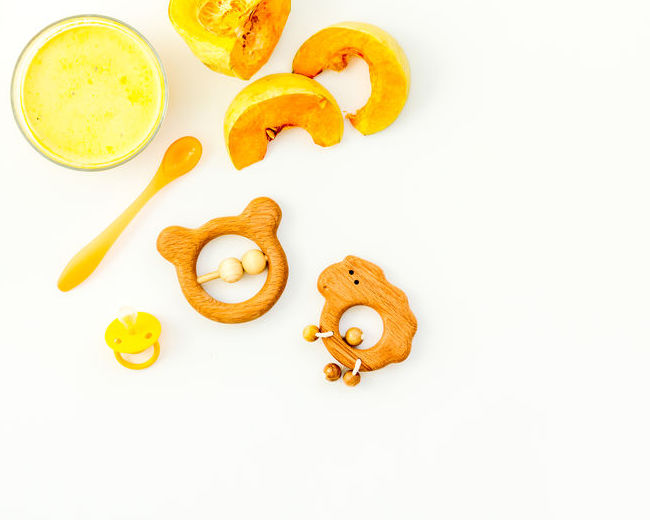What you need to know about salt in your toddler’s diet
This World Salt Awareness Week, we spoke to the Association for Dietetics in South Africa spokesperson and registered dietitian, Thembekile Dhlamini, to get the facts about the amount salt in your toddler's diet.
Salt is a natural mineral made up of two elements – sodium, and chloride. And even though we don’t need salt in high quantities, the mineral, sodium, is important for controlling water levels in the body. It’s also needed for cellular and nerve functions, as well as healthy bone development in children, explains Dhlamini.
However, when it comes to preparing healthy meals for your little one, you may want to go easy on the salt shaker. Sodium is found not only in your regular table salt, but also naturally in a variety of foods including milk, cream, eggs, meat, and shellfish. Sodium is also found in high quantities in processed, convenience foods many of us eat daily such as:
• Breads
• Crackers
• Tinned soups
• Pizza
• Burgers
• Processed meats like bacon and sausages
• Crisps
• Popcorn
• Certain breakfast cereals
• Cottage cheese.
Plus, many types of condiments and flavour enhancers like Aromat, tomato sauce, salad dressings, stock cubes and soy sauce are packed with sodium. So there’s a good chance that you and your family are already reaching your recommended salt intake without adding any more table salt to your meals.
What are the dangers of high salt intake?
According to reports by the World Health Organisation (WHO) too much salt in the diet can lead to hypertension (high blood pressure) in both children and adults. Children with elevated blood pressure are at a higher risk of developing cardiovascular disease during childhood, as well as later in life.
Some examples of cardiovascular diseases are:
• Congenital heart disease
• Heart muscle disease
• Coronary artery disease
• Arrhythmias (abnormal heart rhythms).
A high salt intake can negatively affect our brains, kidneys, bones, and skin too – as too much salt can lead to inflammation and oxidative stress in the body with long-term damaging effects.
There’s also some research showing a link between too much salt and obesity. In one 2015 study, Chinese and British researchers found that just one gram of additional salt each day increased the risk of obesity in children by 28% and in adults by 26%. They believe this is largely due to being thirsty after a salty meal and reaching for sugary drinks. But other studies on salt and obesity show that salt may change the way our bodies burn fat, and because salty foods have more flavour – people naturally want to eat more.
How much salt does my child need?
Three quarters of our sodium intake already comes from processed and prepared foods. Dhlamini says that the recommended intake of salt for toddlers, between the ages of 1-3 is a maximum of 2g per day, and maximum of 3g per day for 4-6-year-olds. Consider that a simple cheese and ham sandwich can contain almost a gram of salt, which is half your child’s daily recommended sodium intake in one meal.
The World Action on Salt and Health (WASH) has shown that once your child eats the same food as the rest of the family, it’s important not to add additional table salt to the food, as this will benefit the whole family, says Dhlamini. Home cooked meals using fresh ingredients are naturally lower in salt than convenience and processed foods. “Sticking to a low salt diet early on will also prevent kids from developing a taste for salty foods throughout their lives,” she adds.
Some examples of low-salt snacks for kids are:
• Homemade cheese scones or muffins using mozzarella
• Unsalted peanut butter with chopped apple or banana
• Unsalted popcorn
• Crudités with a dip such as hummus (raw veggies may pose a choking risk for younger kids)
• Oat cakes or rice cakes with cream cheese.
Image: 123rf

